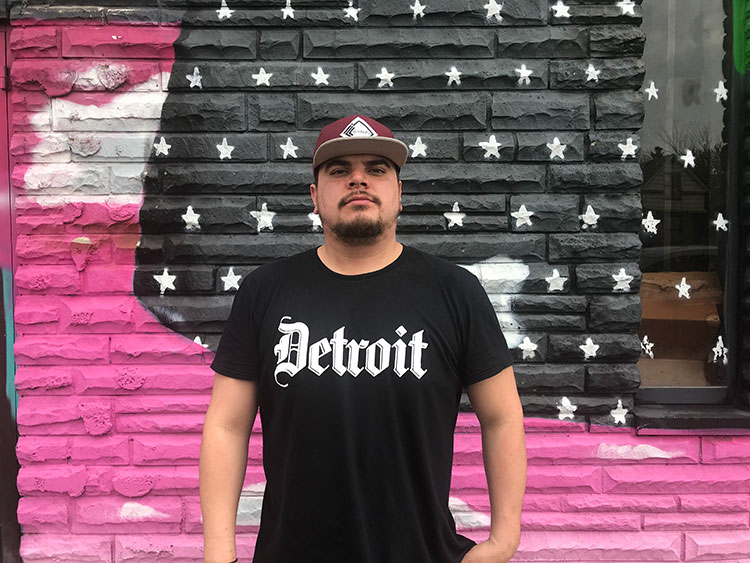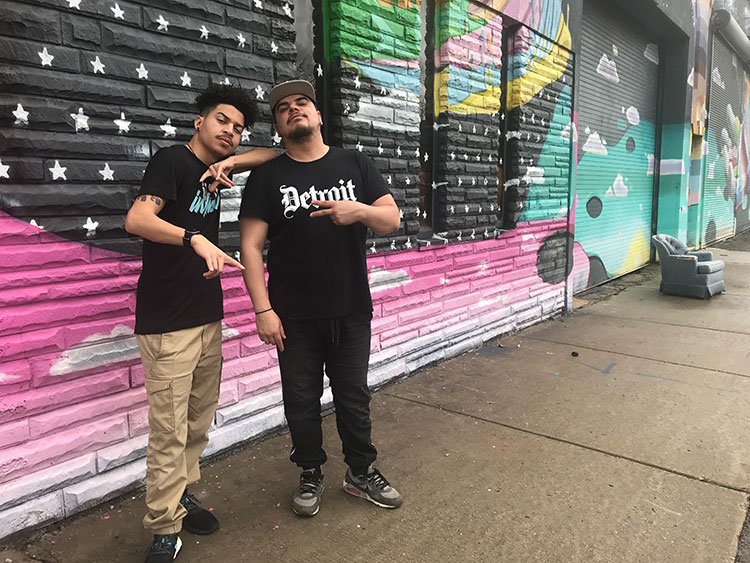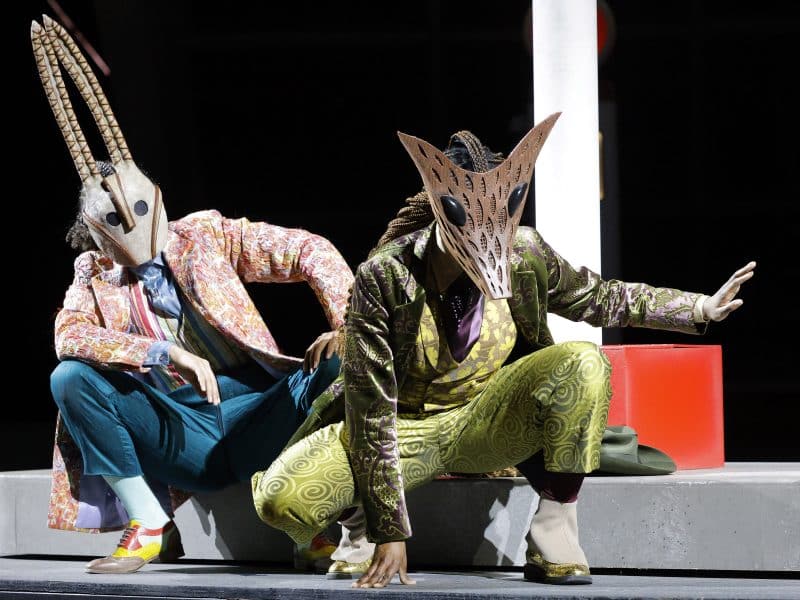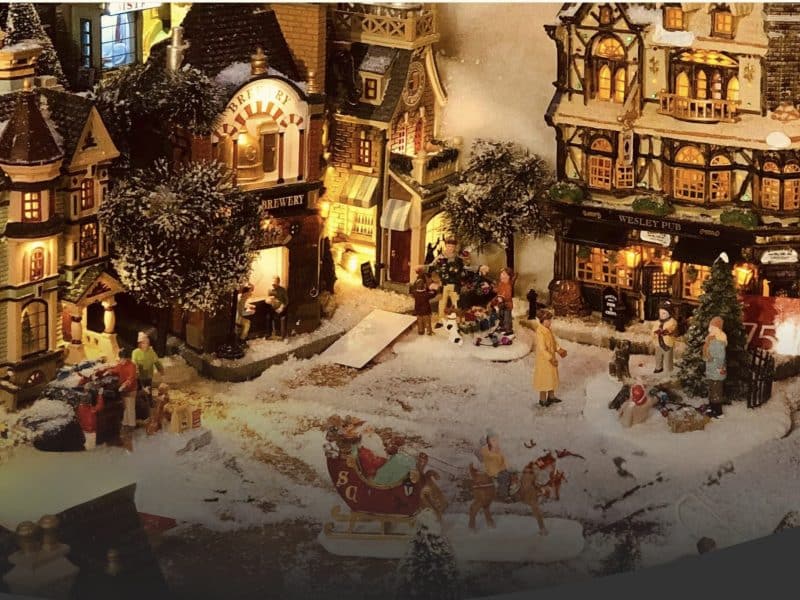Motor City Street Dance Academy brings hip-hop history and culture to southwest Detroit’s kids
As a teenager, Benito "Mav-One" Vasquez found refuge in hip-hop culture, transforming himself into a b-boy. Now he's bringing it to the kids in his southwest Detroit neighborhood.
Growing up in southwest Detroit, Benito “Mav-One” Vasquez never took much to sports. Neither was he into marching band. And in his neighborhood, he says, there wasn’t much else to do for a young boy in the late ’90s and early 2000s.
But one day he ventured into the Clark Park YMCA, and witnessed some guys break dancing. He tried it and was hooked. Vasquez discovered refuge in hip-hop culture, transforming himself into a b-boy. He saw dance as a way to be a part of something, to have his own community amid the turmoil he was experiencing in his life at the time.
Vasquez traveled to competitions, won awards, and made a name for himself in the Michigan breaking community. But as he entered his 20s, he saw opportunities for young kids in southwest Detroit slipping away. So he began teaching classes around the neighborhood and in 2016, opened the Motor City Street Dance Academy.
“There’s this whole creative side that kids want to pursue that they don’t have access to,” says Vasquez. “Just being able to have that creative space, whether it’s dance or art or music, or deejaying, or producing … is pretty big.”

The nonprofit dance and art studio operates out of Garage Cultural, a collective community arts space on Livernois founded by Ismael Durant and directed by his daughter Amelia Durant. The space is located in a former warehouse building owned by tortilla manufacturer Hacienda Mexican Foods. Funded through a mix of foundation grants, individual contributions, and sliding scale tuition, MCSDA offers classes in breaking, popping, aerosol arts, comic, anime, DJ, and yoga.
The training goes beyond simple technical skills. Vasquez is passionate about teaching the history and culture of hip-hop alongside dance moves.
“I definitely feel like our biggest challenge is just getting people to know who we are and what we do,” says Vasquez. “Everybody’s got opinions about hip-hop. When you start speaking about culture and roots, there’s a disconnect. Everybody knows that breaking exists. They just don’t know that it’s part of hip-hop culture.”
Understanding where hip-hop comes from is important for the students at MCSDA to know, according to Vasquez, because that history contains lessons that apply to Detroit kids’ lives right now. In the early 2000s, Vasquez went to the South Bronx, to the birthplace of hip-hop, to see it for himself. As he sat on a bench near the housing projects where the first b-boys crafted a new style of dance and music, it all began to click for him.
“Growing up in Detroit in the early 2000s, being a teenager, the city was basically in the same situation as the South Bronx was in the mid-’70s,” he says. “Looking at those pictures of early breaking being born, the parallels were just like, wow. That’s what we grew up with; abandoned houses, burned-out houses, not a lot of resources or funding. Just, you know, really kind of out here on our own.”
And Vasquez has been able to learn about that history from the source.
“That’s what is beautiful about hip-hop—the pioneers are still alive. So I’ve been able to connect with a lot of original pioneers. I’ve been able to be in conversations with Track 2, you know, and Crazy Legs, and learn from these people who were the original creators of this.”

In addition to a solid grounding in history, MCSDA also focuses on developing kids’ skills as artists and entrepreneurs.
“We’re focused on growing artists as opposed to just giving them something to do,” says Vasquez. “I want kids that come through here ultimately to be really, really talented at what they do. You know, not necessarily pushing that they be a dancer for a living. But if you’re going to be good at something, you might as well get paid for it.”
Sustaining funding for the MCSDA is a constant hustle, according to Vasquez, but one that is worth the effort. And what the neighborhood lacks monetarily, he says, it makes up for in social capital and pride.
“We show kids, here’s how to do it, if you want to do it,” he says. “And it’s about just being able to represent what the city stands for, you know, surviving out of all of that. Look what I survived through, and now what I’m able to provide for the next generation.”





